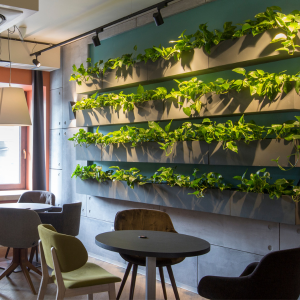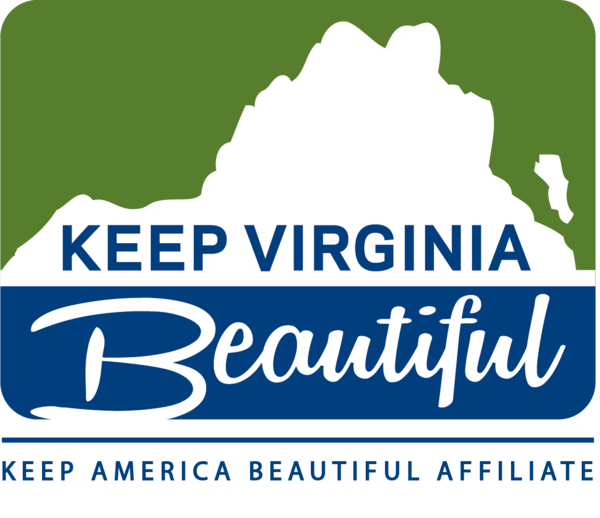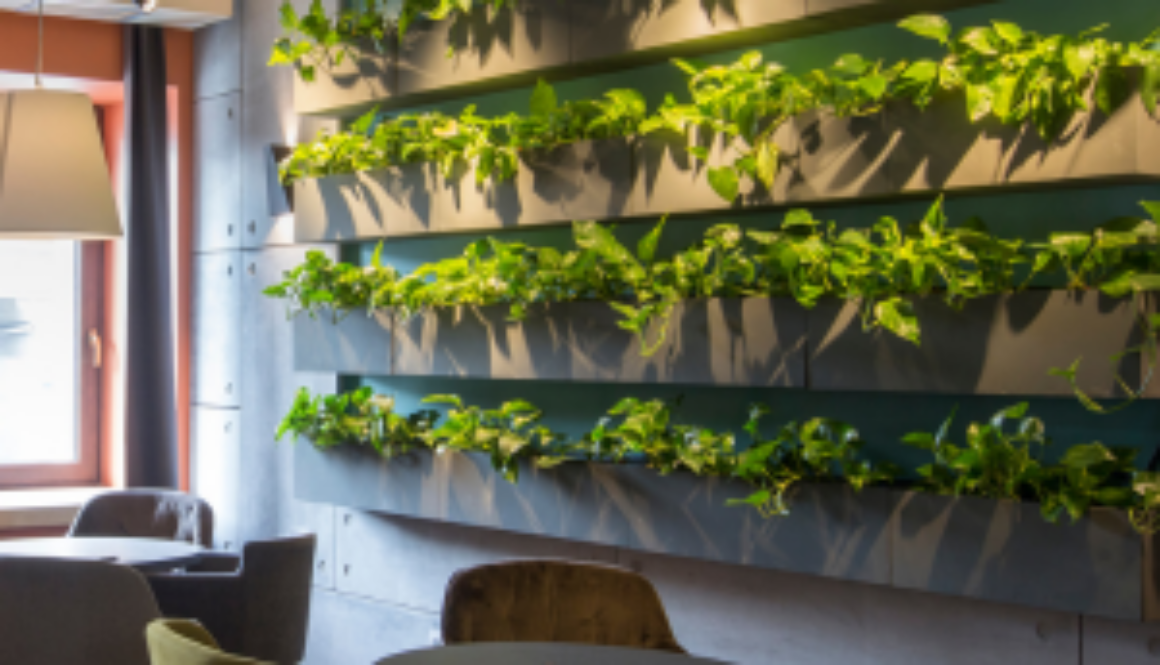The Future Looks Green
 This year’s Winter Symposium at Lewis Ginter Botanical Garden offered a two-day professional development opportunity that was attended by several hundred in-person attendees as well as several hundred more virtual participants. This year’s focus highlighted sustainable practices for the green industry that can help us adapt to our changing world. Experts gave presentations on a variety of topics that affect how we create a sustainable future by reconnecting habitat corridors with native plants, exploring green plants for green buildings, and the possibilities of indoor agriculture, among other topics. It came as no surprise that in order to keep Virginia beautiful, we need to keep Virginia green.
This year’s Winter Symposium at Lewis Ginter Botanical Garden offered a two-day professional development opportunity that was attended by several hundred in-person attendees as well as several hundred more virtual participants. This year’s focus highlighted sustainable practices for the green industry that can help us adapt to our changing world. Experts gave presentations on a variety of topics that affect how we create a sustainable future by reconnecting habitat corridors with native plants, exploring green plants for green buildings, and the possibilities of indoor agriculture, among other topics. It came as no surprise that in order to keep Virginia beautiful, we need to keep Virginia green.
Matt Bright, Executive Director of the nonprofit Earth Sangha, worked with volunteers in Fairfax and school children in McLean to pull invasive species out of parks and public spaces so that the native understories will regenerate and be available for songbirds and pollinators – even without additional installation of native plants. This is something that can be done in communities wherever you live in Virginia. He believes that continuing to remove invasive species such as kudzu, English ivy, and Callery pear from our landscape, and encouraging green roofs and balcony gardens can reconnect parks, stream buffers, and other existing corridors to improve the local habitat.
We learned about Biophilia – the instinctive bond between human beings, other living organisms, and living systems. Chris Raimondi, Board Member of Green Plants for Green Buildings, believes that contact with nature is essential for human health. He presented research showing that workers in office environments with natural elements, such as greenery and sunlight, report a 15% higher level of well-being, are 6% more productive, and are 15% more creative. This funny YouTube video makes a point about the value of adding plants to your office indoor landscape.
Indoor farming is another field that points to a green future. Ekene Tharpe, head grower at Babylon Micro-Farms, enlightened us about CEA, Controlled Environment Agriculture. Unlike a head of lettuce that may have traveled over 1,000 miles to get to the grocery store, Babylon Micro-Farms has individual units that grow lettuce using hydroponics right at the location where the produce will be consumed. Fresh microgreens are grown on cruise ships, at restaurants, and in clusters in inner-city warehouses, and are harvested at their peak for maximum flavor and nutrition.
There are so many ways to work towards a beautiful green future in Virginia!

